One of the first things we did after we arrived in Kyoto was to walk to Nijō Castle, about a half hour from our hotel. We went inside the Ninomaru Palace, where we saw these beautiful paintings on the walls of the different rooms, including tigers, leopards, birds, bamboo and peonies. Most of the sparse paintings were on a gold background, and had this very modern look to them because of their restraint, which we loved.
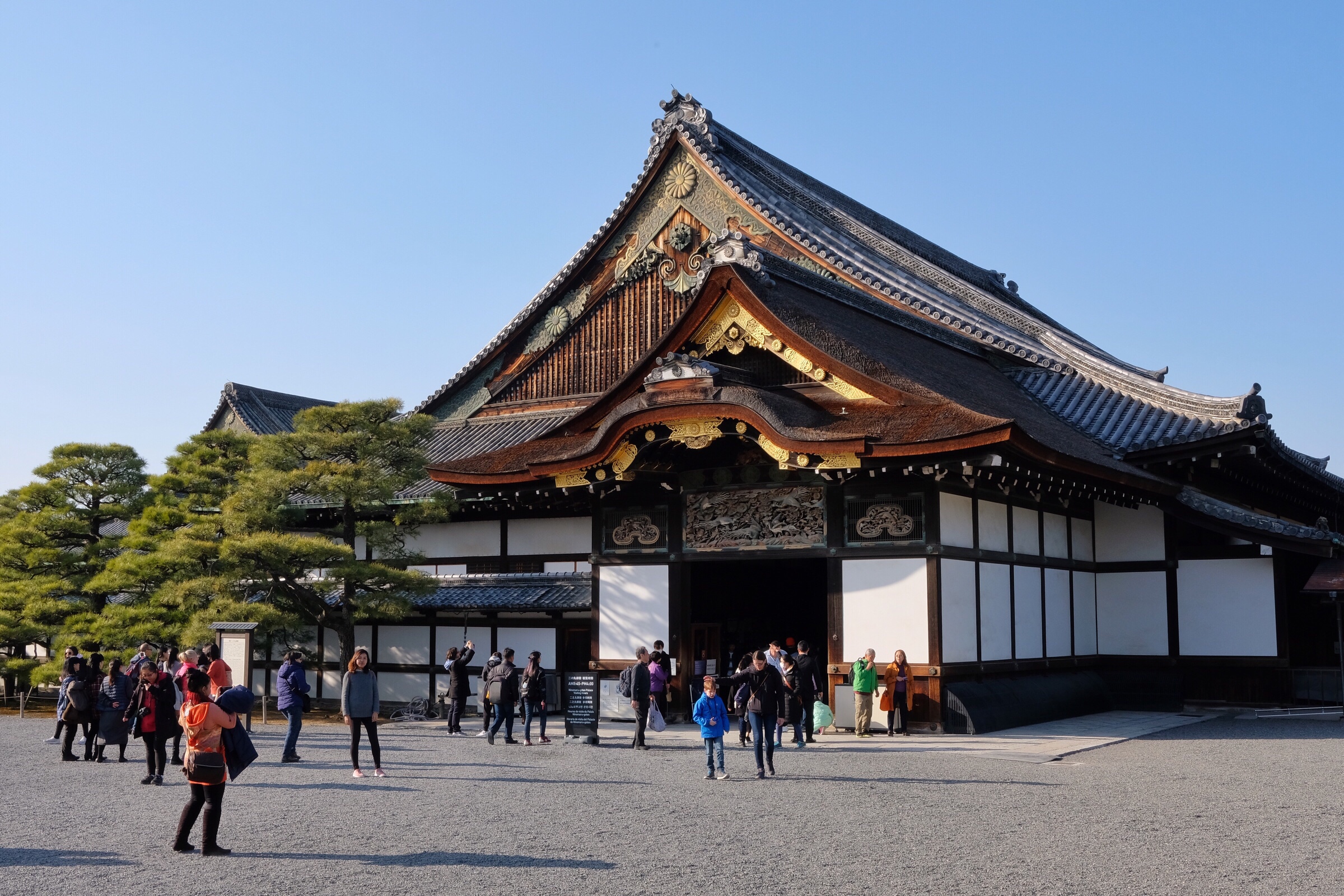
Outside, we toured the gardens around the Palace including different evergreens, trimmed and almost sculpted into these perfect confections. While we were there, teams of gardeners were busy trimming back the needles of a group of pine trees by hand, which is not something we’ve ever seen in Canada or anywhere else. There’s this dedication to caring for plants in public spaces that I think is unique to Japan and the results are incredible.
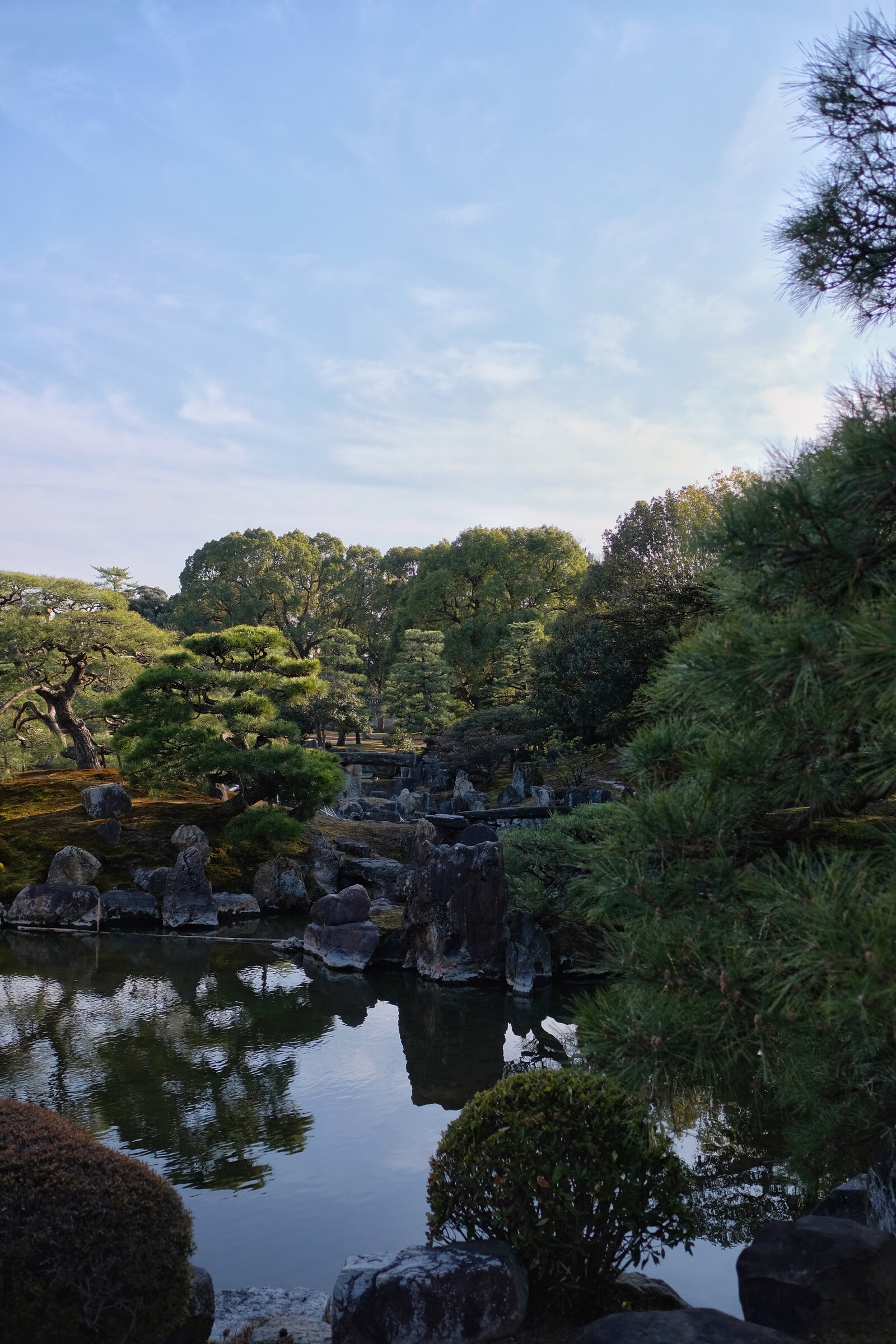
The next day we woke up early and took a train and subway to a temple complex in the north western part of the city, called Shunkō-in. We went for a 9am meditation, where the deputy head priest, Takafumi Kawakami, led the class of about 20 people (Rowan was the only kid) with a brief talk on the philosophy of Zen meditation and mindfulness, followed by a 20 minute meditation.
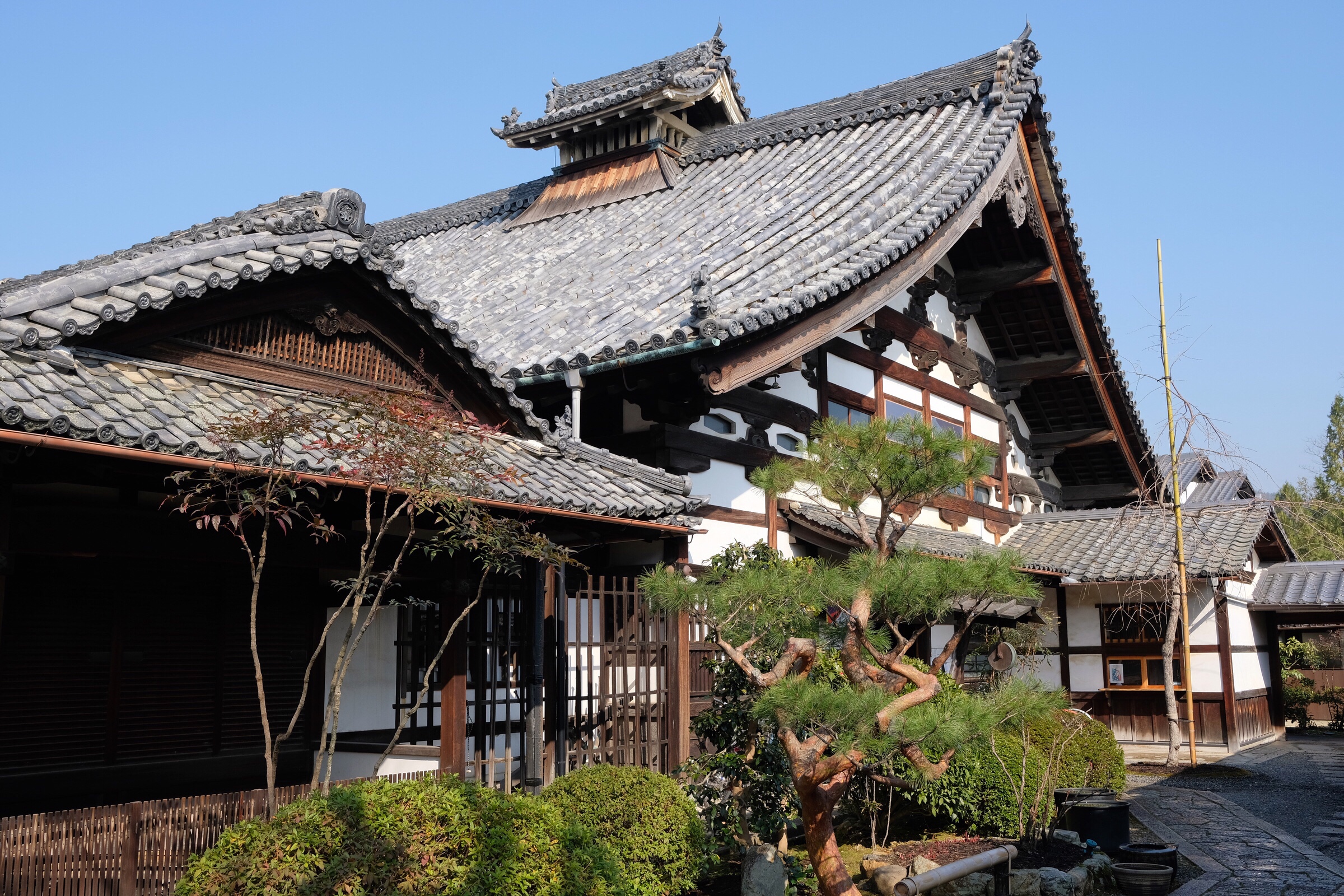
It was peaceful to sit on the tatami mats in this calm and quiet room in the temple, surrounded by shōji screens and the sounds of birds chirping in the nearby gardens. Takafumi’s talk was enlightening, focused on the nature of reality and the nature of meditation, including a reminder to move beyond using meditation to calm or focus the mind, and using it to analyze and change our sense of reality in the moment.
His sense of humility and willingness to share his experiences of how his own perspectives change and evolve was amazing and inspiring to see and hear.
Next, he gave us a short tour of the temple garden and then spoke to us for a few minutes more about how monks use powdered green tea, which has similar amounts of caffeine to coffee, to achieve a sense of alertness that increases gradually, then levels off and creates a sense of calm. We all drank a little of the green tea and had two sweet biscuits, and I must say, I felt great afterward.
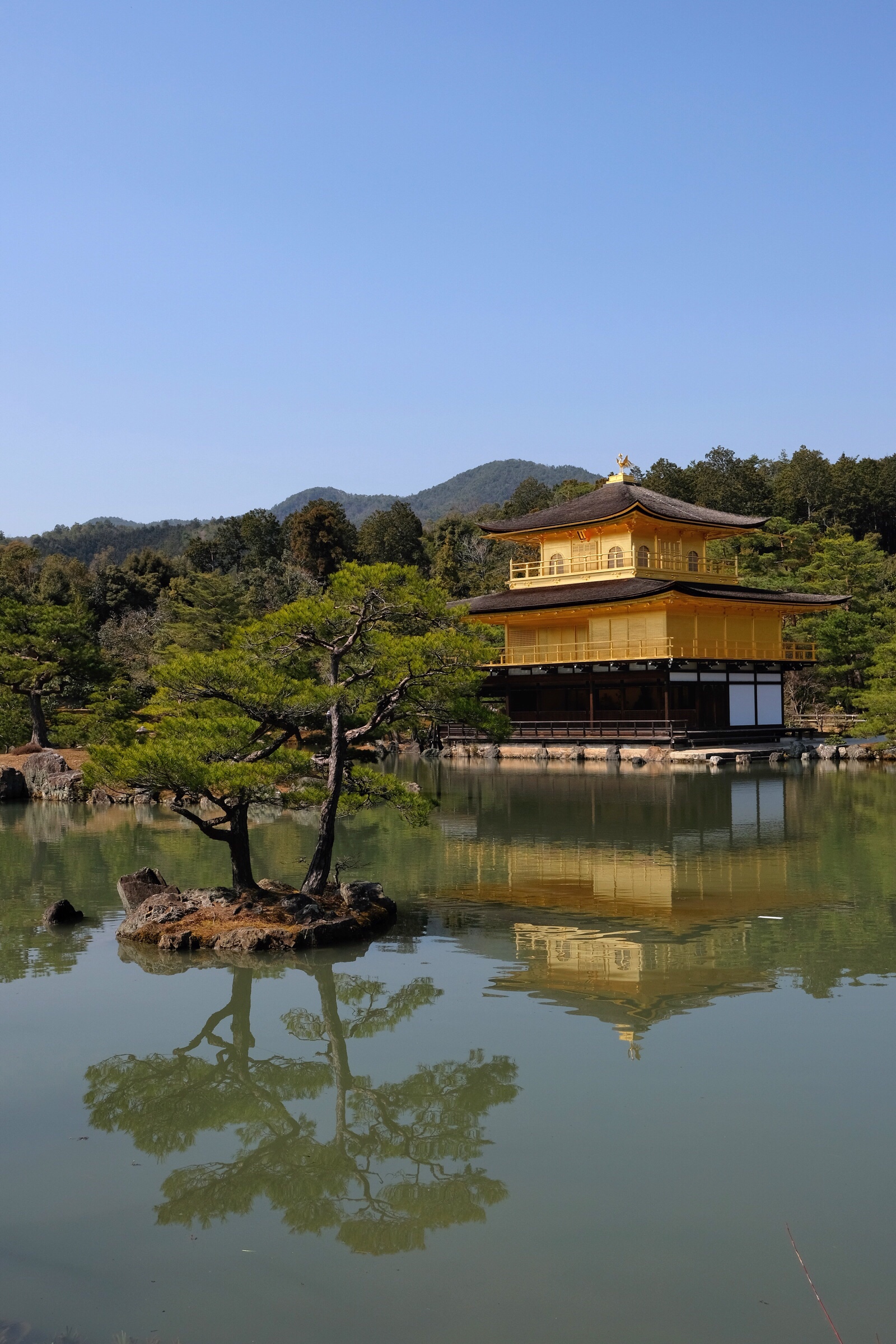
After checking in to the temple, we headed out for lunch at a nearby Indian restaurant, before walking a few kilometres to Kinkaku-ji, the Golden Pavilion. It’s a temple covered in gold leaf situated by a large pond, so that you see these incredible reflections of the temple in the water. After taking a gazillion photos, we walked through the temple’s gardens, which are gorgeous, before Rowan just had to have an ice cream break.
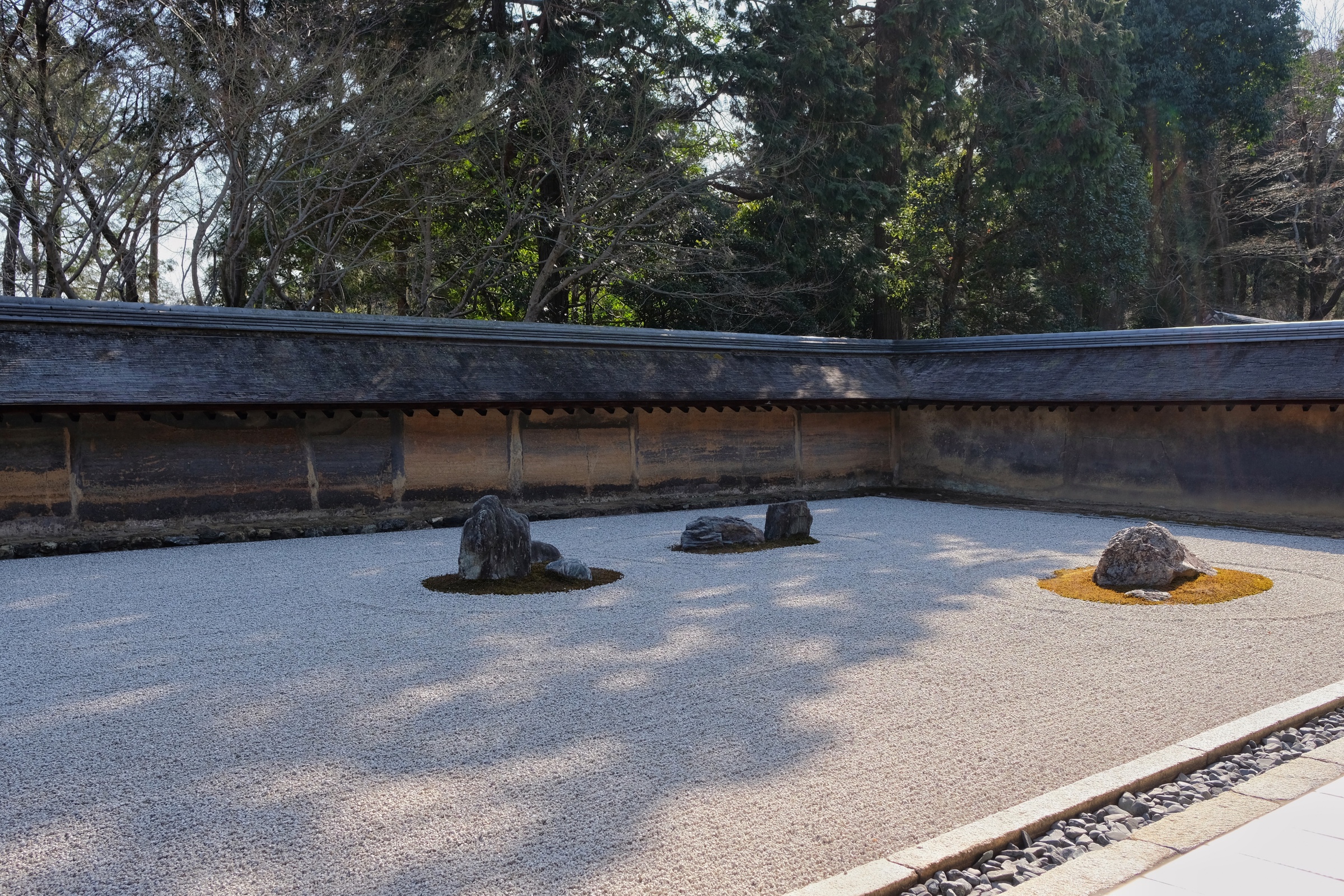
Then we walked anther kilometre or so to Ryōan-ji Temple, which was my absolute favourite so far. It has a long viewing platform, where we waited our turn to sit in the sun and look at the centuries old rock garden with white pebbles surrounding 15 larger rocks. It was incredibly serene to sit and look at the garden, the pebbles arranged like waves or clouds around the rocks, and before we knew it, we’d been there staring at the rocks for half an hour. And I could have stared at them for hours more.

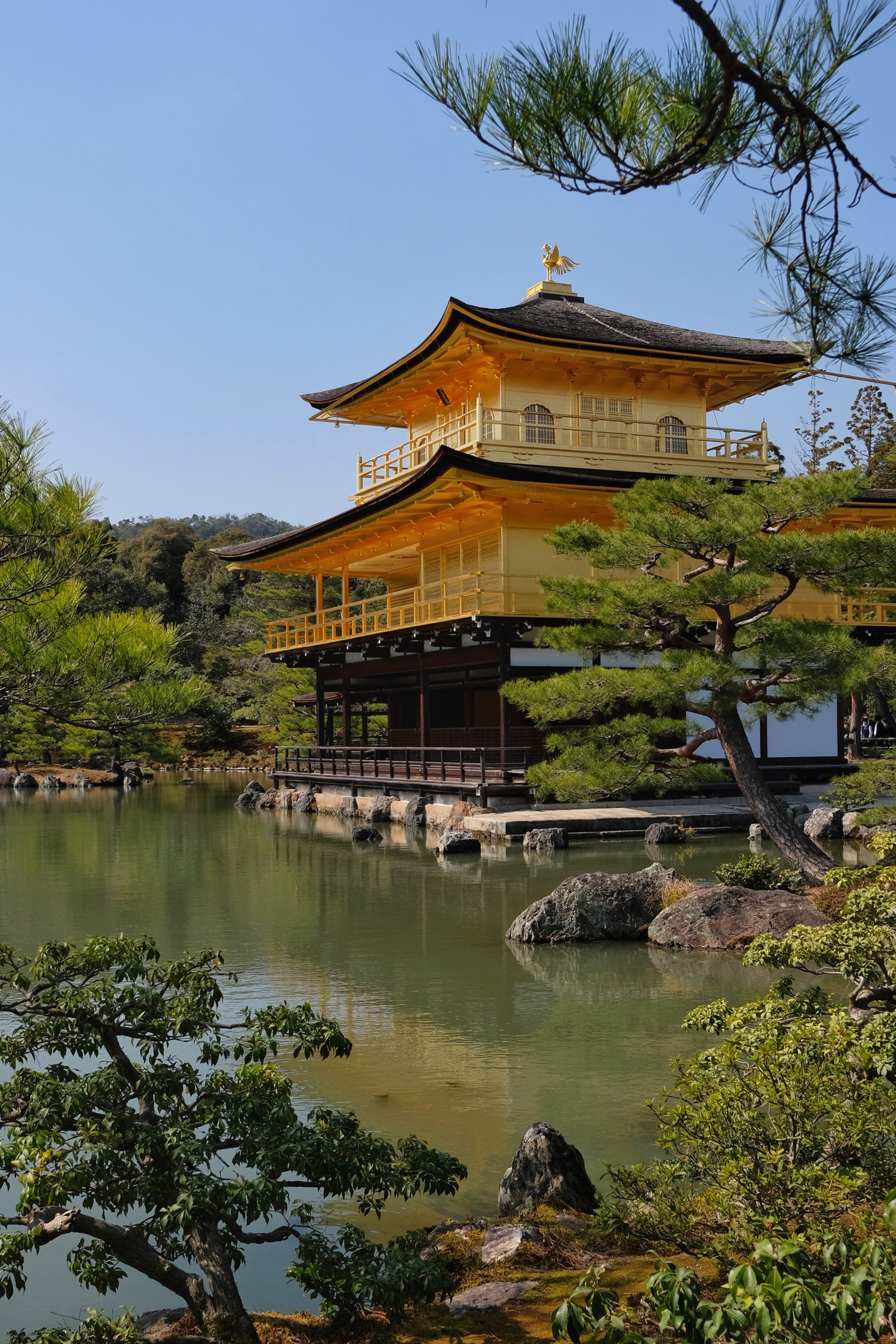
Leave a Reply